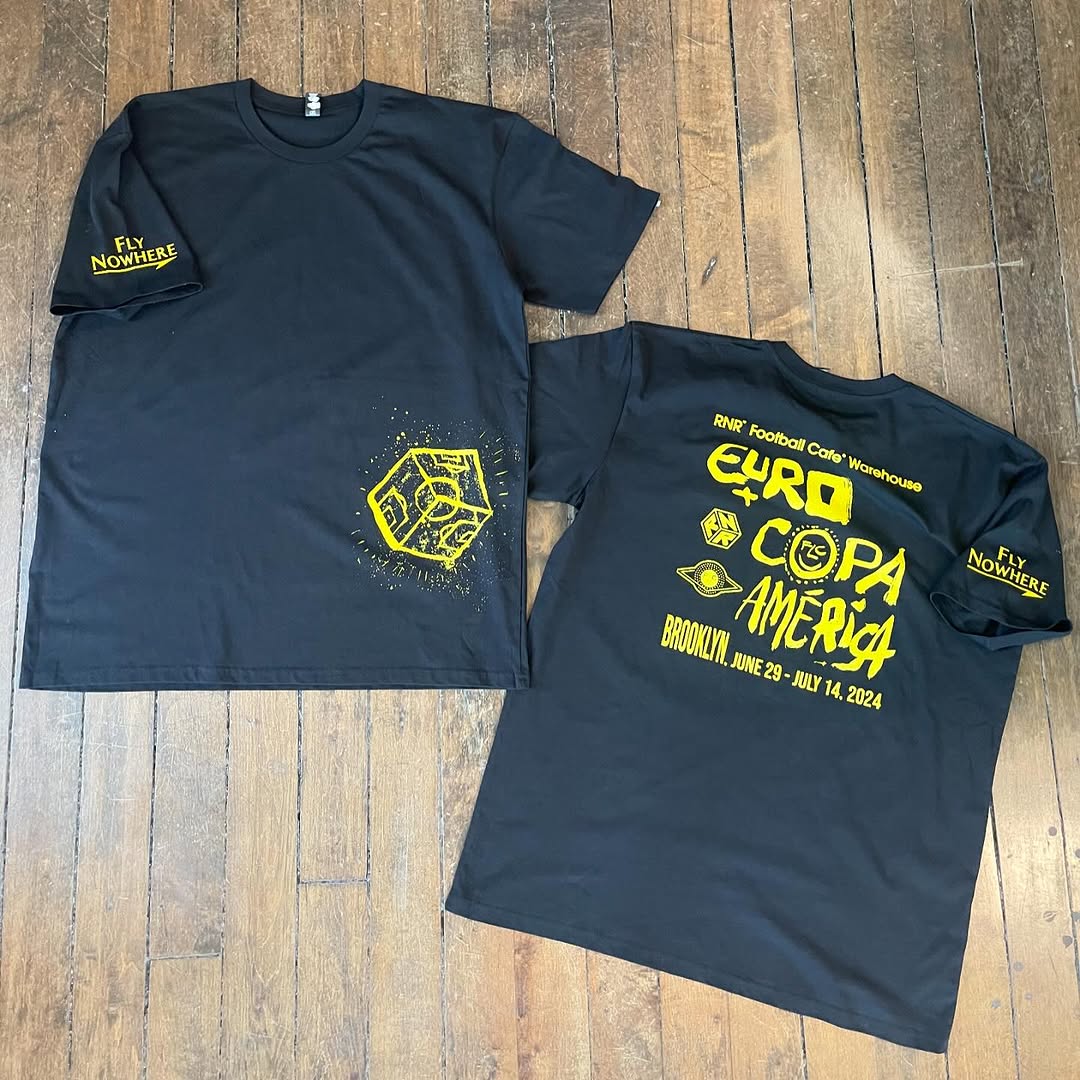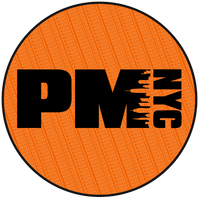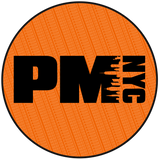How to Create Your Own Custom Apparel Design (Even if You're Not a Designer)

Dreaming of launching your own custom apparel line, rocking a unique T-shirt for your event, or surprising your team with awesome branded gear? But then that little voice whispers, "But wait... I'm not a designer!"
Here's the good news: You don't need to be a Photoshop whiz to create awesome custom apparel designs. With a little creativity, the right tools, and some helpful tips, anyone can bring their apparel vision to life.
1. Start with a Clear Concept:
Before you even open a design program, take some time to brainstorm your idea.
- What's the purpose of your design? (Brand promotion, event, personal style, etc.)
- Who is your target audience? (What kind of designs would resonate with them?)
- What message or feeling do you want to convey? (Fun, professional, bold, minimalist, etc.)
- Do you have any existing branding elements you want to incorporate? (Logo, colors, fonts)
2. Explore Design Inspiration (Without Copying!):
Looking for inspiration is a great way to get your creative juices flowing. Browse websites like Pinterest, Dribbble, or Behance for design ideas related to your theme or industry.
- Pro Tip: Don't directly copy designs you find online! Use them as a springboard for your own unique creations.
3. Choose the Right Design Tools:
There are tons of user-friendly design tools available, many of them free! Here are a few popular options:
- Canva: A beginner-friendly platform with tons of templates, fonts, and design elements.
- Adobe Spark: Another great option for creating graphics, social media posts, and even short videos.
- Vecteezy: A vast library of free (and paid) vector graphics and design assets.
- GIMP: A free, open-source image editor for more advanced editing needs.
4. Keep it Simple and Print-Ready:
- Less is More: Avoid overly complex designs that might get lost in the printing process.
- High-Resolution Images: Use high-quality images (300 DPI or higher) to ensure a crisp, clear print.
- Vector Graphics: Whenever possible, opt for vector graphics (like SVG files) as they can be scaled to any size without losing quality.
- Color Considerations: If you're working with limited colors for printing, keep your palette simple and impactful.
5. Get Feedback and Refine:
Once you have a draft design, don't be afraid to share it with friends, colleagues, or your target audience for feedback. Fresh eyes can often spot areas for improvement or provide valuable insights.
6. Partner with a Printing Pro:
When you're ready to bring your design to life, partner with a reputable apparel printing company like PMNYC. We can advise you on the best printing methods, garment choices, and provide high-quality printing services to ensure your custom apparel looks its best.

